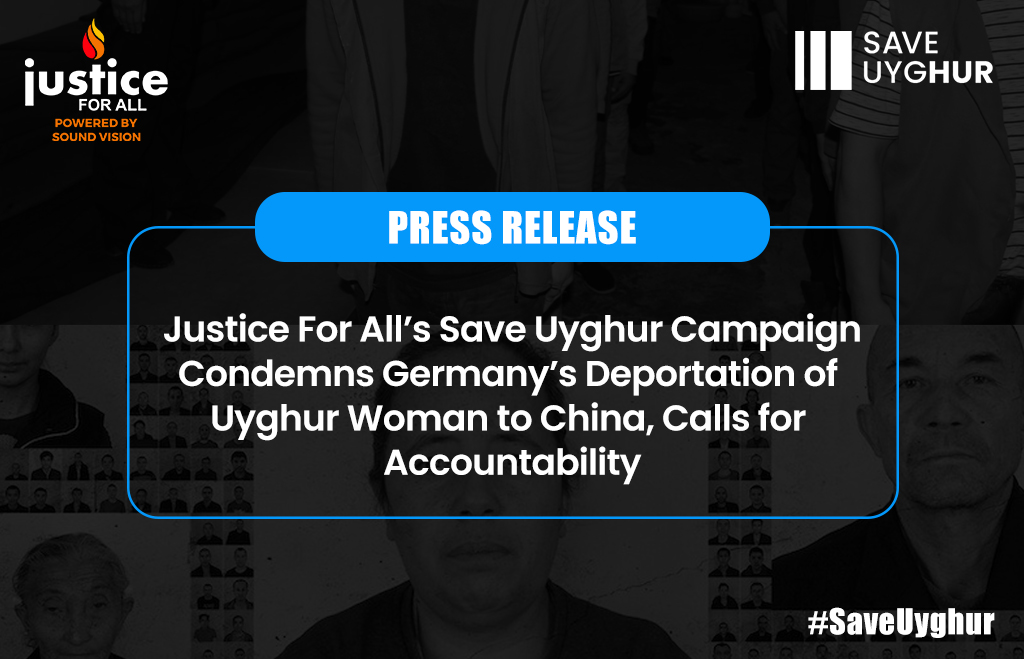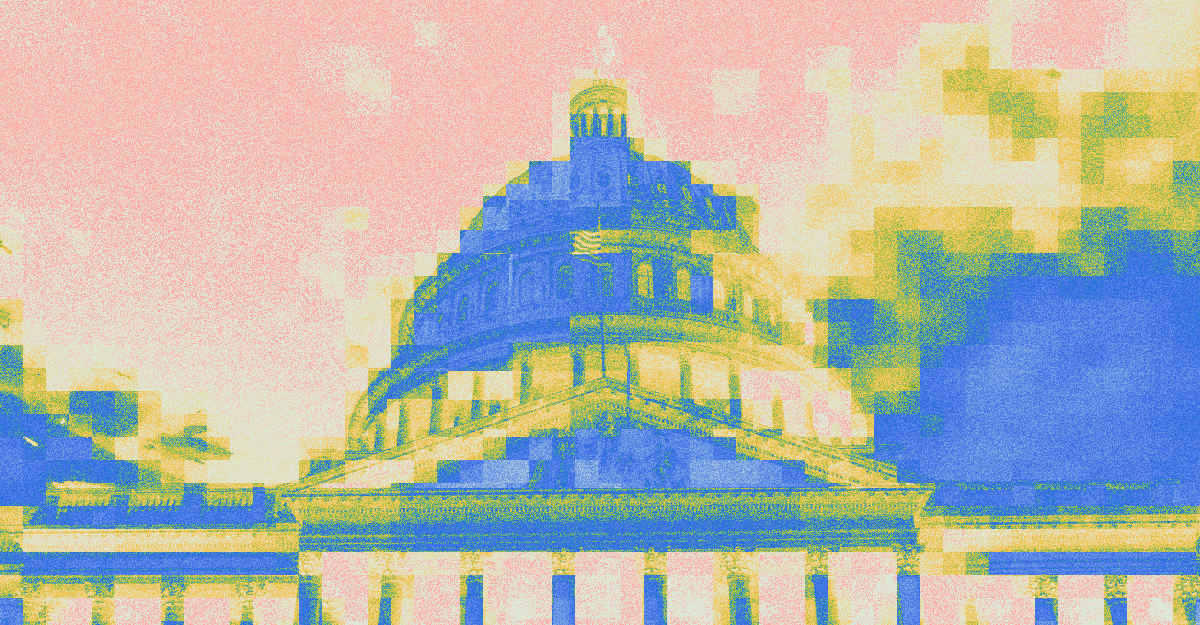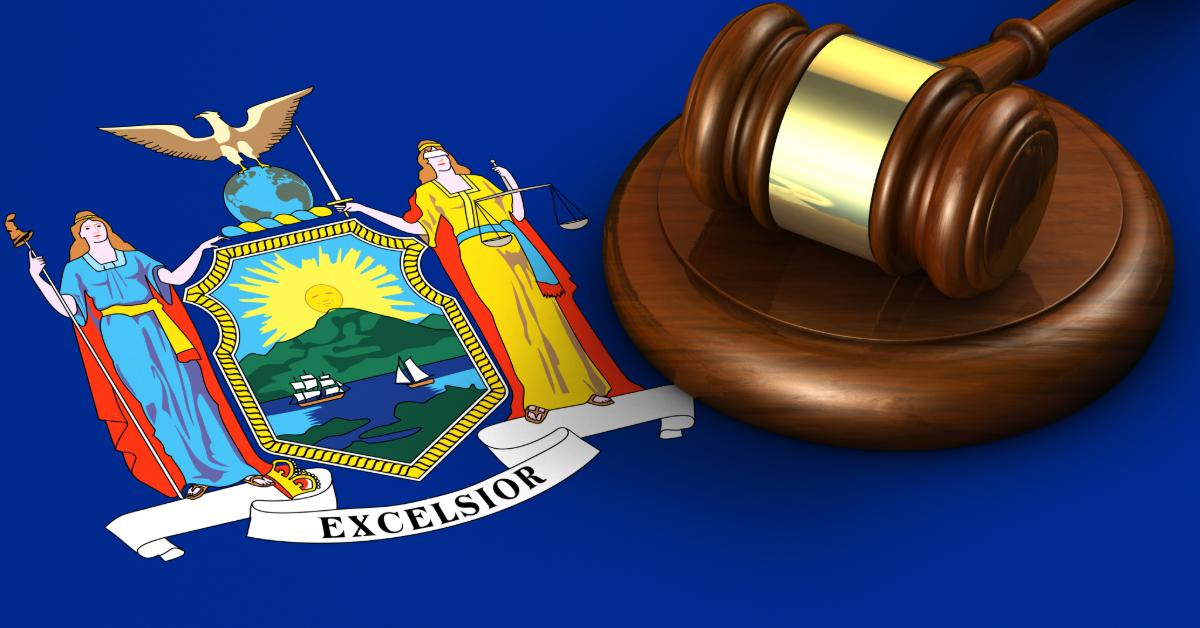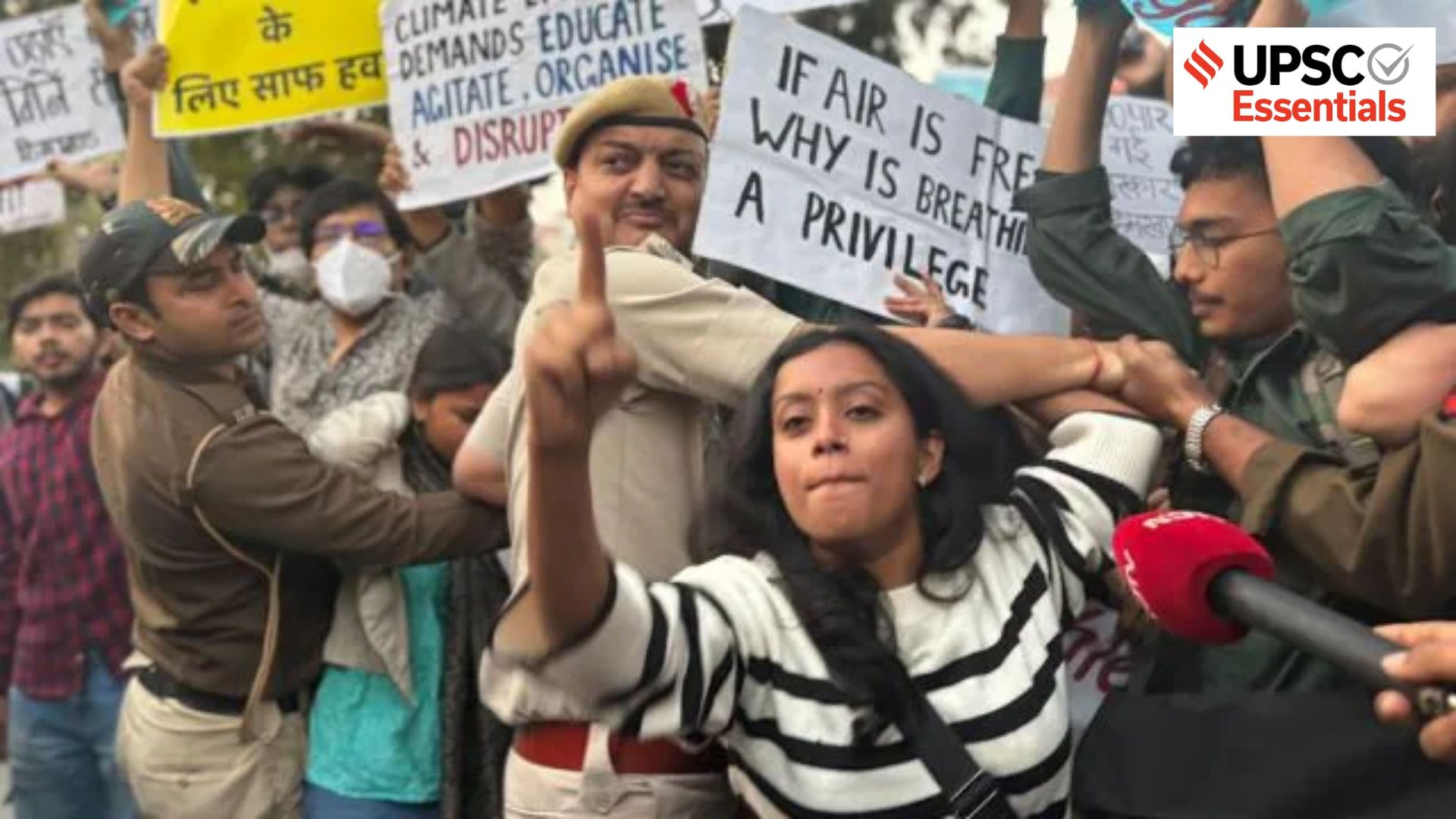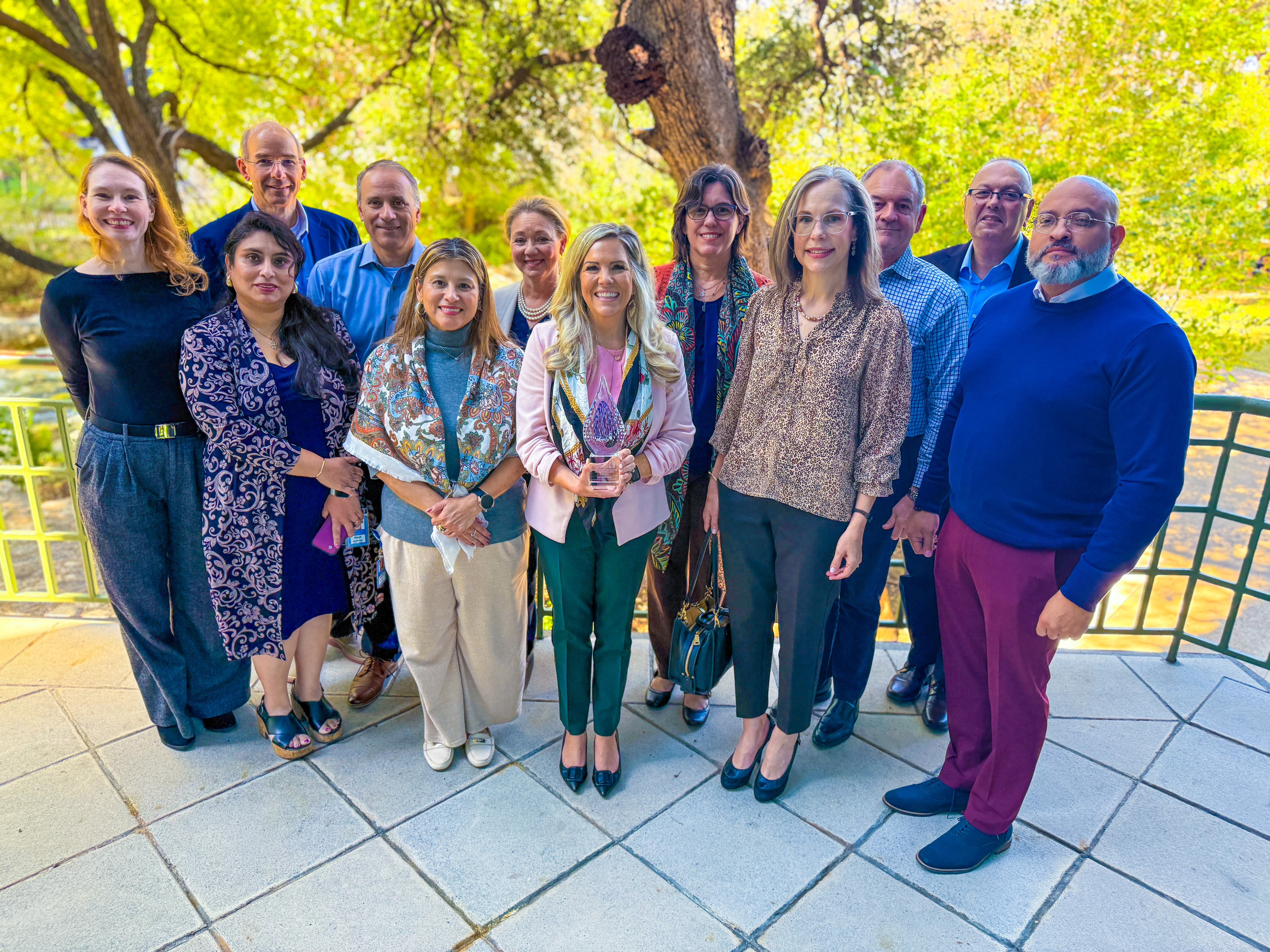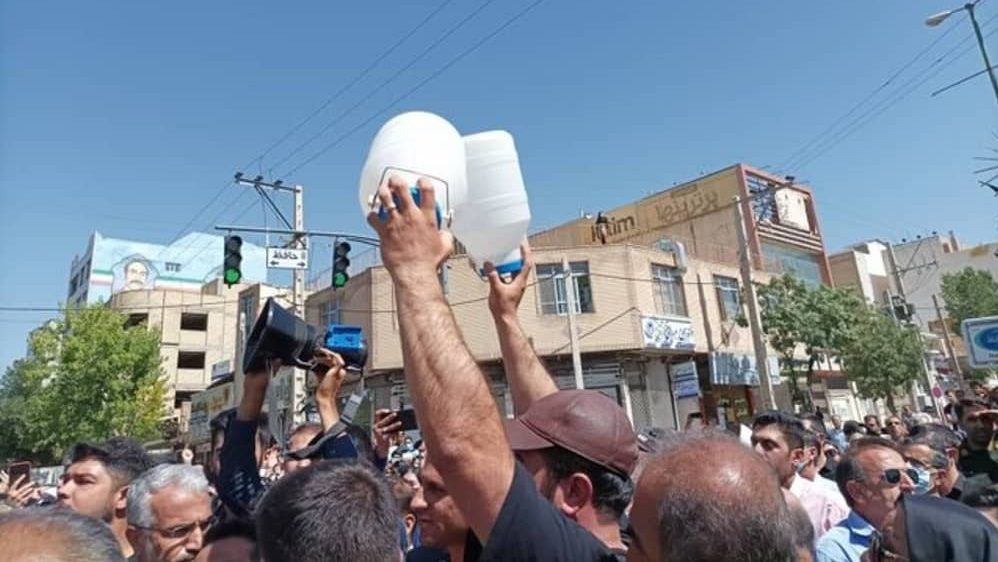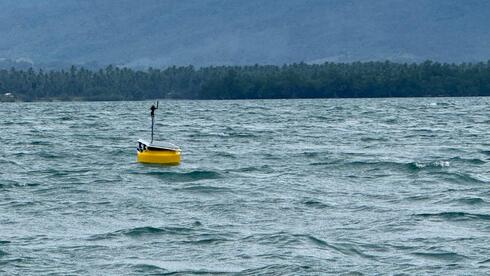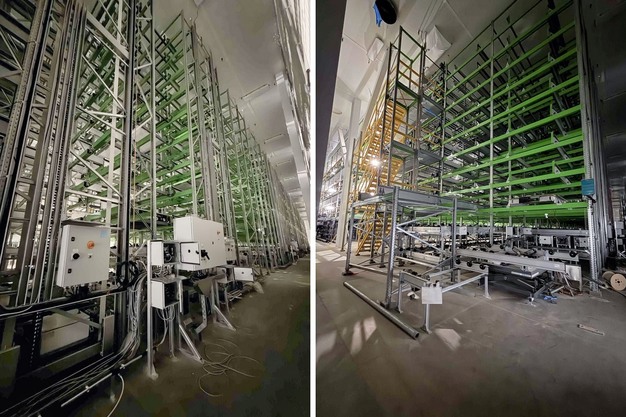Usage and management of public lands – FlowingData
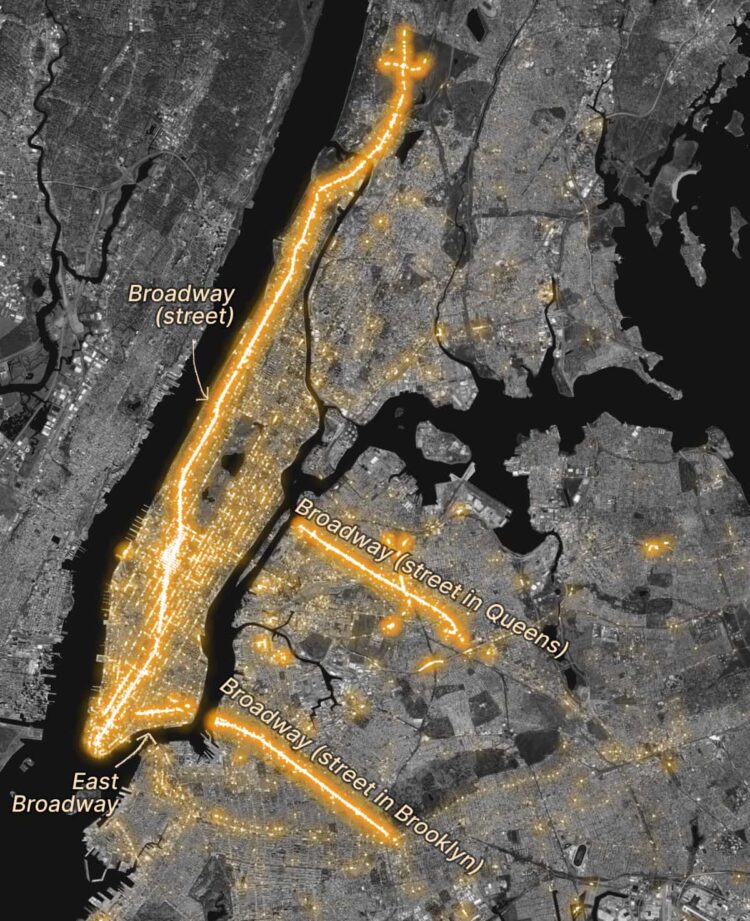
Report on Proposed Public Land Use Changes and Implications for Sustainable Development Goals
Executive Summary
A proposed policy change to open 59 million acres of national forest land to road construction and drilling presents a significant challenge to the United States’ commitment to the 2030 Agenda for Sustainable Development. An analysis by Reuters highlights the current usage and management of these protected areas, underscoring the direct conflict between the proposed industrial activities and key Sustainable Development Goals (SDGs). This report examines the policy’s implications, with a primary focus on SDG 15 (Life on Land) and its interconnectedness with other global goals related to climate, energy, and governance.
Policy Overview and Historical Context
The administration’s policy aims to facilitate resource extraction, including drilling and logging, across vast tracts of public land currently designated as national forests. Historically, the management of public lands has involved a delicate balance between competing interests such as conservation, recreation, mining, and energy development. The definition of “public good” has evolved with successive governments, leading to significant shifts in land management priorities. The current proposal signals a move towards prioritizing economic and industrial use over conservation, directly impacting the long-term sustainability of these vital ecosystems.
Critical Threats to SDG 15: Life on Land
The proposed policy directly contravenes the core objectives of SDG 15, which aims to protect, restore, and promote the sustainable use of terrestrial ecosystems. The potential impacts include:
- Deforestation and Forest Degradation: Opening national forests to road construction and logging undermines Target 15.2, which calls for the promotion of sustainable management of all types of forests, halting deforestation, and restoring degraded forests.
- Biodiversity Loss: These activities will lead to habitat destruction and fragmentation, posing a severe threat to the flora and fauna within these ecosystems and jeopardizing efforts to halt biodiversity loss (Target 15.5).
- Land Degradation: Industrial operations, drilling, and infrastructure development increase the risk of soil erosion, pollution, and irreversible land degradation, contrary to Target 15.3, which aims to combat desertification and restore degraded land and soil.
- Threats to Mountain Ecosystems: As many national forests are located in mountain regions, the policy threatens the conservation of mountain ecosystems and their biodiversity, which are essential for sustainable development (Target 15.4).
Interconnected Impacts on the Global Sustainability Agenda
The consequences of this policy extend beyond SDG 15, affecting a range of interconnected global goals.
- SDG 13: Climate Action: Forests are critical carbon sinks. Permitting deforestation and promoting fossil fuel extraction on this land would increase greenhouse gas emissions, directly impeding progress on climate change mitigation efforts.
- SDG 12: Responsible Consumption and Production: The policy runs counter to the principles of sustainable management and efficient use of natural resources (Target 12.2) by prioritizing extraction from protected areas over sustainable production patterns.
- SDG 7: Affordable and Clean Energy: While the policy may be framed as contributing to energy security, its reliance on fossil fuel drilling conflicts with the global transition towards clean and sustainable energy sources (Target 7.2).
- SDG 16: Peace, Justice and Strong Institutions: The shifting interpretation of “public good” highlights the need for robust, transparent, and accountable institutions to manage natural resources. The policy underscores the challenge of ensuring that governance structures consistently uphold long-term environmental protection for the public good.
The Role of Data in Monitoring and Accountability
The Reuters report, authored by Ally Levine, Soumya Karmwa, and Travis Hartman, exemplifies the critical role of data visualization and public reporting in promoting accountability. By mapping and charting land usage, the report provides clear, accessible information that allows for public scrutiny of policy decisions. This form of data-driven journalism supports SDG Target 16.10, which seeks to ensure public access to information and protect fundamental freedoms. Such analyses are essential tools for monitoring progress—or regression—on national and international sustainability commitments.
1. Which SDGs are addressed or connected to the issues highlighted in the article?
-
SDG 15: Life on Land
This is the most directly relevant SDG. The article focuses on the management of “public land, some 59 million acres of national forest,” and the importance of “protected areas.” The core of SDG 15 is to protect, restore, and promote the sustainable use of terrestrial ecosystems and sustainably manage forests. The policy change discussed, which involves opening these lands for “road construction and drilling,” directly impacts the goals of conserving forests and halting land degradation.
-
SDG 12: Responsible Consumption and Production
The article mentions that public lands are used for “drilling for oil and gas, mining for various minerals and logging.” These activities are central to the extraction of natural resources. SDG 12 aims to ensure sustainable consumption and production patterns, which includes the sustainable management and efficient use of natural resources. The policy to open more land for these purposes is directly related to how a country manages its natural resource consumption and production.
-
SDG 7: Affordable and Clean Energy
The specific mention of “drilling for oil and gas” connects the article to energy policy. While the policy described promotes fossil fuel extraction rather than clean energy, it is still relevant to SDG 7, which addresses the overall energy mix and access to energy. The decision to prioritize drilling on public lands has direct implications for the country’s energy strategy.
-
SDG 11: Sustainable Cities and Communities
The article notes that public lands are used for “conservation and recreation.” These protected natural areas are a form of natural heritage. Target 11.4 specifically calls for strengthening efforts to protect and safeguard the world’s natural heritage. The recreational use of these lands also contributes to the well-being of communities.
2. What specific targets under those SDGs can be identified based on the article’s content?
-
Target 15.1:
By 2020, ensure the conservation, restoration and sustainable use of terrestrial and inland freshwater ecosystems and their services, in particular forests, wetlands, mountains and drylands, in line with obligations under international agreements. The article’s entire focus on “59 million acres of national forest” and “protected areas” directly relates to this target. The policy change represents a shift in the approach to the “sustainable use” of these ecosystems.
-
Target 15.2:
By 2020, promote the implementation of sustainable management of all types of forests, halt deforestation, restore degraded forests and substantially increase afforestation and reforestation globally. The policy to allow “road construction” and “logging” in national forests is directly relevant to the sustainable management of forests and the potential for deforestation or forest degradation.
-
Target 12.2:
By 2030, achieve the sustainable management and efficient use of natural resources. The article discusses the “balanced a variety of uses from drilling for oil and gas, mining for various minerals and logging.” The policy shift alters this balance, directly impacting the management and use of these natural resources.
-
Target 11.4:
Strengthen efforts to protect and safeguard the world’s cultural and natural heritage. The mention of “conservation” and the description of the lands as “protected areas” align with this target. Opening these areas to industrial activities could weaken efforts to safeguard this natural heritage.
3. Are there any indicators mentioned or implied in the article that can be used to measure progress towards the identified targets?
-
Indicator 15.1.1: Forest area as a proportion of total land area
The article explicitly mentions “59 million acres of national forest.” This figure is a direct measure of forest area. Policies affecting this land, such as allowing “logging” or “road construction,” could impact the quality and extent of this forest area, which this indicator tracks.
-
Indicator 15.1.2: Proportion of important sites for terrestrial biodiversity that are covered by protected areas
The article refers to “protected areas” and their importance for “conservation.” A key way to measure progress is to track the proportion of land designated as protected. The policy to open these lands for drilling and construction would directly affect the status and integrity of these protected areas.
-
Indicator 12.2.2: Domestic Material Consumption (DMC)
The policy to open public lands for “drilling for oil and gas, mining for various minerals and logging” directly implies an increase in the domestic extraction of these materials. The amount of oil, gas, minerals, and timber extracted from these lands would be a measure of Domestic Material Consumption, which this indicator tracks.
4. SDGs, Targets, and Indicators Analysis
| SDGs | Targets | Indicators |
|---|---|---|
| SDG 15: Life on Land | Target 15.1: Ensure conservation and sustainable use of terrestrial ecosystems, particularly forests. | Implied Indicator 15.1.1: The “59 million acres of national forest” mentioned is a measure of forest area. |
| SDG 15: Life on Land | Target 15.2: Promote sustainable management of all types of forests and halt deforestation. | Implied Indicator: The extent of “logging” and “road construction” in national forests serves as a measure of forest management practices. |
| SDG 12: Responsible Consumption and Production | Target 12.2: Achieve the sustainable management and efficient use of natural resources. | Implied Indicator 12.2.2: The volume of resources from “drilling for oil and gas, mining for various minerals and logging” relates to Domestic Material Consumption. |
| SDG 11: Sustainable Cities and Communities | Target 11.4: Strengthen efforts to protect and safeguard the world’s natural heritage. | Implied Indicator 15.1.2: The status and acreage of “protected areas” used for “conservation and recreation” are key metrics. |
Source: flowingdata.com

What is Your Reaction?
 Like
0
Like
0
 Dislike
0
Dislike
0
 Love
0
Love
0
 Funny
0
Funny
0
 Angry
0
Angry
0
 Sad
0
Sad
0
 Wow
0
Wow
0


